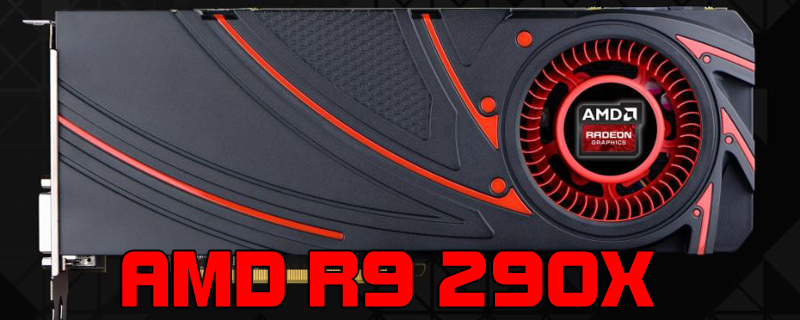AMD R9 290X Review
Test Setup
Naturally the primary challenger for the R9 290X at the top of the market is the GTX780. We discovered that the R9 290X didn’t have any real benefits from overclocking as it’s already thermally limited, and so we’ll be generally comparing the 290X to the GTX780 at stock, although of course the GTX780 can overclock so there is some ‘free’ performance to be had.
AMD Radeon R9 290X
Intel Core i7-3960X @ 4.6GHz
ASUS Rampage IV Extreme
Corsair Dominator Platinum
Corsair AX1200i
Corsair Neutron GTX
Corsair H100i
Windows 7 x64
Temperatures
We were as surprised as you to see that the R9 290X hit a whopping 95°C so we checked with AMD and we can report that the Hawaii GPU is designed to run at these temperatures without causing any problems with the lifespan of the item or anything along those lines. Similarly to the GPU Boost 2.0 from nVidia, the AMD Powertune software has a thermal target of 95°C and adjusts the clock speed and fan speed of the card to keep it running at the maximum performance and minimal noise. The cooler is, as we’d expect from the age old design, louder than we’d like it to be. It isn’t loud per se, just not as quiet as some of the alternatives that we’ve seen.
Â



